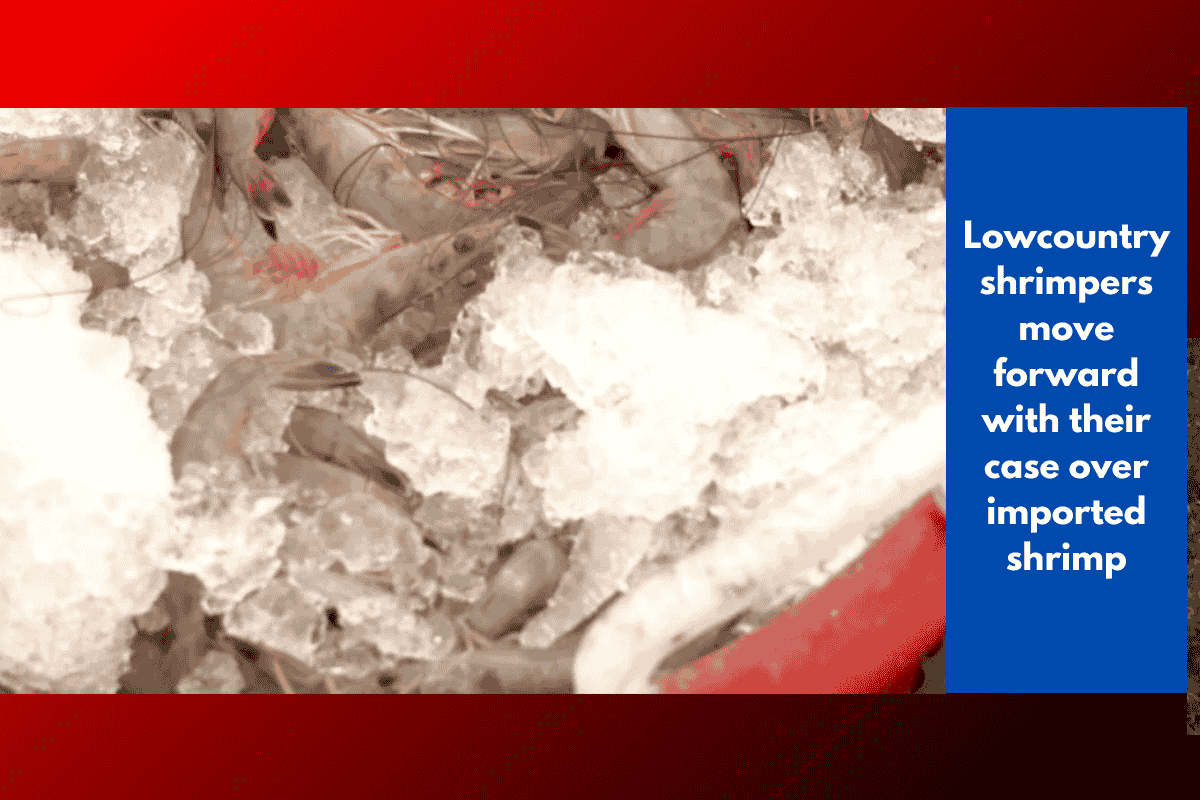Authorities have confirmed the presence of an invasive beetle species in Mount Pleasant, South Carolina, that can seriously damage and kill hardwood trees, making them potential safety hazards.
The insect, known as the Asian longhorned beetle, was discovered on August 24 by two off-duty Clemson University Plant Industry (DPI) employees, who noticed damage to maple trees near a commercial shopping area.
Quarantine Area to Be Announced
Clemson University officials said that an official quarantine zone will soon be announced in coordination with the U.S. Department of Agriculture (USDA). The two agencies are working together to assess how far the infestation has spread.
During this time, residents, contractors, and businesses are being urged not to move any hardwood tree debris, especially from maple trees, to avoid spreading the beetle.
What the Beetle Does to Trees
The Asian longhorned beetle is a wood-boring pest that attacks various types of hardwood trees, including:
- Maple
- Elm
- Willow
- Sycamore
- Poplar
- Birch
It burrows into the tree and damages the sap flow, weakening and eventually killing the tree. As the tree weakens, it becomes a safety hazard, with a risk of falling branches or even full tree collapse.
Ongoing Survey and Monitoring
DPI and USDA officials will be conducting tree surveys in and around Mount Pleasant to check for more cases. Homeowners and businesses are requested to cooperate if approached by officials for inspections.
Private contractors are also being advised to contact the South Carolina Asian Longhorned Beetle Cooperative Eradication Program for proper instructions on handling and disposing of affected tree debris.
What to Look Out For
Residents are being asked to inspect trees on their property for the following signs of infestation:
Large, round exit holes (about the size of a pencil)
Sap oozing down the bark
Shallow, discoloured dents in the bark
Sawdust or wood shavings at the base of the tree or where branches join
Officials are still working to find out how the beetles entered the area.
Early detection is crucial to help contain and eliminate the infestation before it spreads further across South Carolina.














